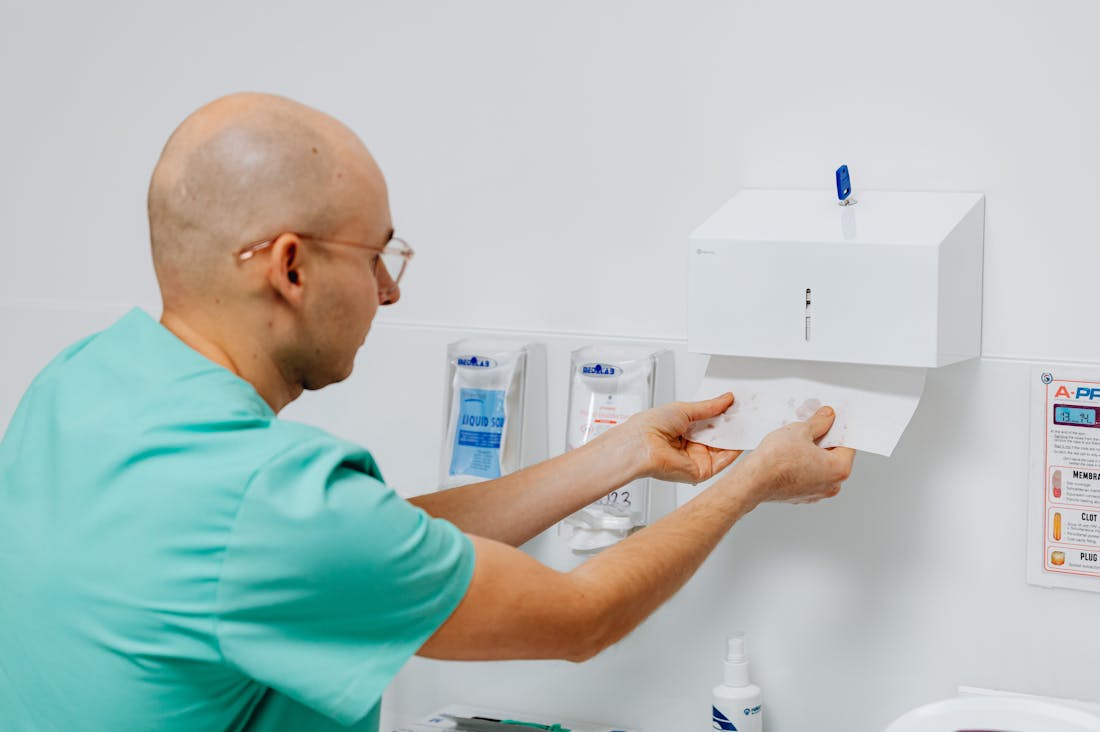In today's fast-paced digital landscape, optimizing the tools at our disposal is essential for enhancing everyday efficiency. This guide explores strategies to unlock the full potential of your digital tools, from productivity apps to cloud storage solutions. By harnessing these resources effectively, you can streamline tasks, improve organization, and achieve more with less effort. Discover how to transform your daily routines and maximize the benefits of technology in your personal and professional life. Let's embark on the journey to smarter, more efficient tool usage.

Identifying Essential Tools
Identifying essential tools is crucial for enhancing productivity and efficiency in both personal and professional settings. This process begins with a clear understanding of the tasks at hand and the specific requirements they entail. For instance, a graphic designer may need software like Adobe Creative Suite, while a writer might rely on word processing programs and reference management tools. By evaluating the goals and challenges involved in a project, individuals can pinpoint tools that streamline workflows, improve collaboration, and facilitate better communication. Furthermore, regular reassessment of these tools ensures they remain relevant and effective as needs evolve, ultimately leading to sustained success.

Integrating Tools into Your Routine
Integrating tools into your daily routine can significantly enhance productivity and streamline tasks. By strategically incorporating technology—such as task management apps, calendars, or digital note-taking systems—you can better organize your schedule and prioritize responsibilities. Start by assessing your current workflow and identifying areas where tools could improve efficiency. For instance, using a project management application can help keep track of deadlines and collaboration with team members, while a time-tracking tool allows you to monitor how much time you spend on various activities. Gradually adopting these tools can create a more structured environment, ultimately leading to a more focused and effective routine. Continuous evaluation and adjustment will ensure that the tools remain aligned with your goals, making them an integral part of your everyday life.

Reviewing and Adjusting Tool Use
Reviewing and adjusting tool use is a critical aspect of optimizing workflows and enhancing productivity in various fields. Regular assessment of the tools employed ensures they meet the evolving needs of projects and teams. This process involves analyzing performance metrics, gathering user feedback, and staying abreast of emerging technologies that could offer superior functionality or efficiency. By identifying outdated tools or those that no longer align with organizational goals, teams can make informed decisions about upgrades or replacements. Additionally, adjusting tool usage based on individual and team needs can foster better collaboration, streamline processes, and ultimately lead to more successful outcomes in any endeavor.
Leveraging Automation for Increased Efficiency
Automation tools can significantly enhance productivity by minimizing repetitive tasks. In a world where time is of the essence, leveraging automation can free up valuable hours that can be redirected towards more strategic initiatives. For example, automating email responses, scheduling social media posts, or generating reports can save considerable time and effort. By implementing automation, individuals can reduce the likelihood of human error and ensure that routine tasks are completed consistently. As a result, embracing automation not only streamlines workflows but also empowers users to focus on higher-value activities that drive results.
Harnessing Collaboration Tools for Team Success
Collaboration tools play a pivotal role in enhancing team dynamics and overall productivity. Platforms like Slack, Microsoft Teams, or Asana facilitate seamless communication, enabling team members to share ideas, files, and updates in real-time. Such tools help break down silos, fostering a culture of transparency and collaboration. By using these platforms, teams can coordinate efforts more effectively, manage projects efficiently, and ensure everyone is on the same page. Regularly utilizing collaboration tools also encourages feedback and engagement, essential elements for a thriving team environment that can adapt to challenges and seize opportunities.
The Importance of Training for Tool Implementation
Implementing new tools without adequate training can hinder productivity and lead to frustration. It's essential to invest time in training sessions that familiarize team members with new software and applications. A well-structured training program not only enhances users' confidence in using the tools but also maximizes their potential benefits. By providing resources such as tutorials, workshops, or one-on-one coaching, organizations can ensure that employees feel supported and capable of utilizing the tools effectively. As users become proficient, they can leverage advanced features, leading to improved performance and overall satisfaction with the technology.
Evaluating Tool Effectiveness with Metrics
To optimize tool usage, it's crucial to establish key performance indicators (KPIs) that measure effectiveness. Metrics such as time saved, task completion rates, and user satisfaction can provide valuable insights into how well the tools are performing. By regularly analyzing these metrics, teams can identify areas for improvement and make data-driven decisions regarding tool adjustments or replacements. This evaluation process encourages a culture of continuous improvement, where feedback is actively sought and implemented. Ultimately, measuring tool effectiveness not only enhances individual and team performance but also aligns tool usage with organizational objectives.
Staying Updated with Emerging Technologies
In the rapidly evolving digital landscape, staying informed about emerging technologies is vital for maintaining an edge. New tools and platforms are continually being developed, offering innovative solutions to common challenges. By dedicating time to research and explore these advancements, individuals and organizations can identify opportunities to enhance their workflows. Subscribing to industry publications, attending webinars, or participating in technology forums can provide valuable insights into trends and best practices. Embracing new technologies not only improves efficiency but also positions teams to adapt swiftly to changes, ensuring sustained productivity in a competitive environment.
AI-Assisted Content Disclaimer
This article was created with AI assistance and reviewed by a human for accuracy and clarity.